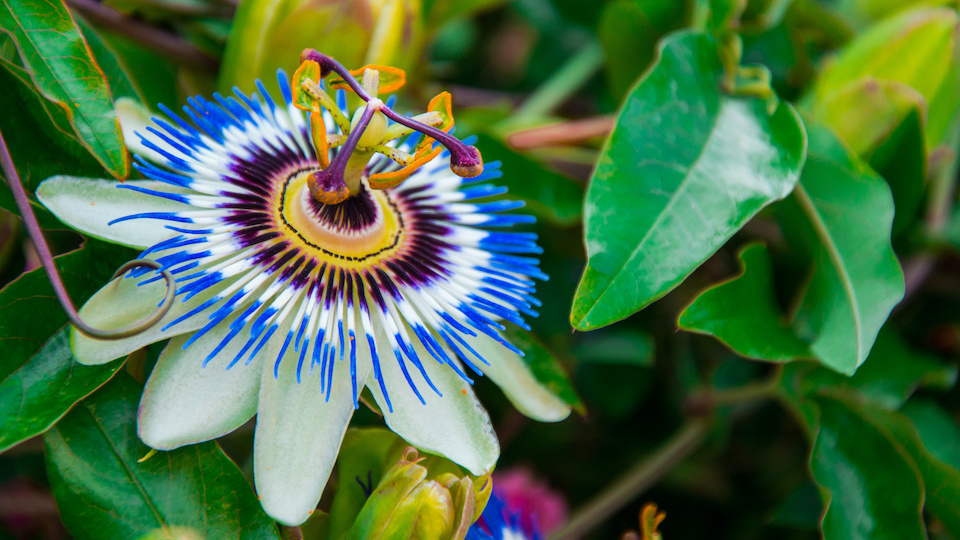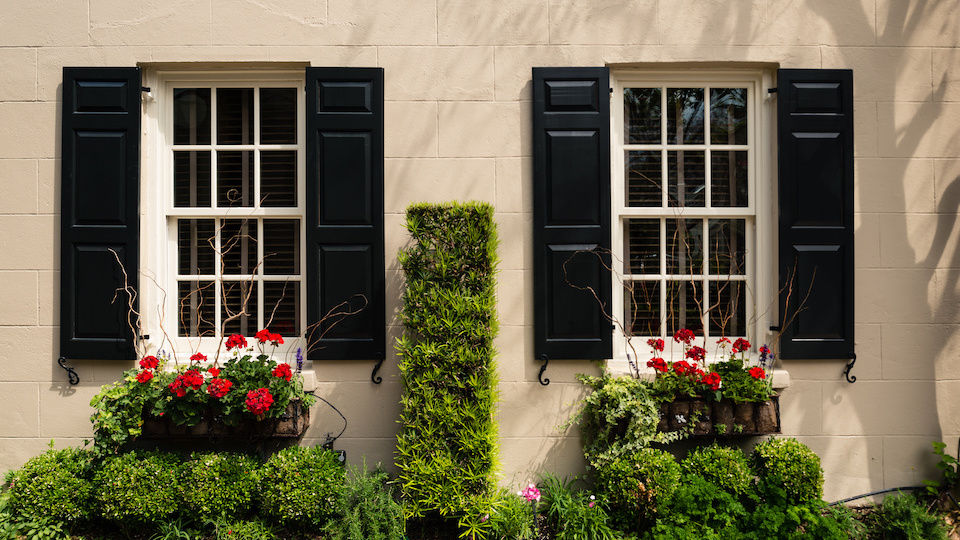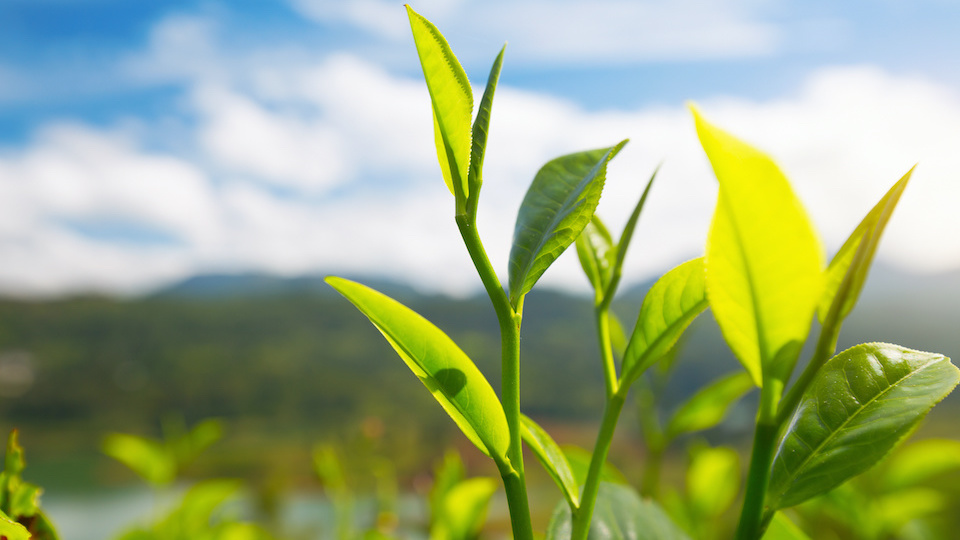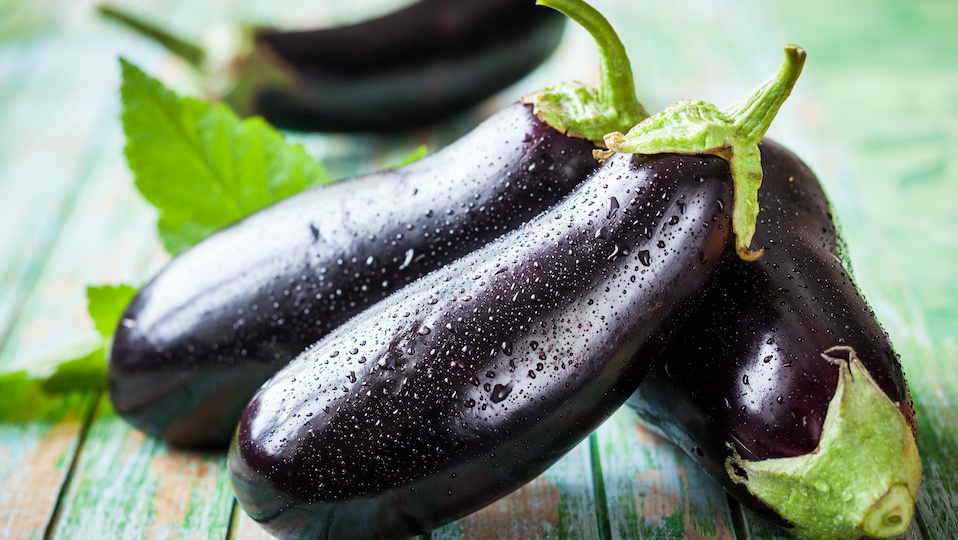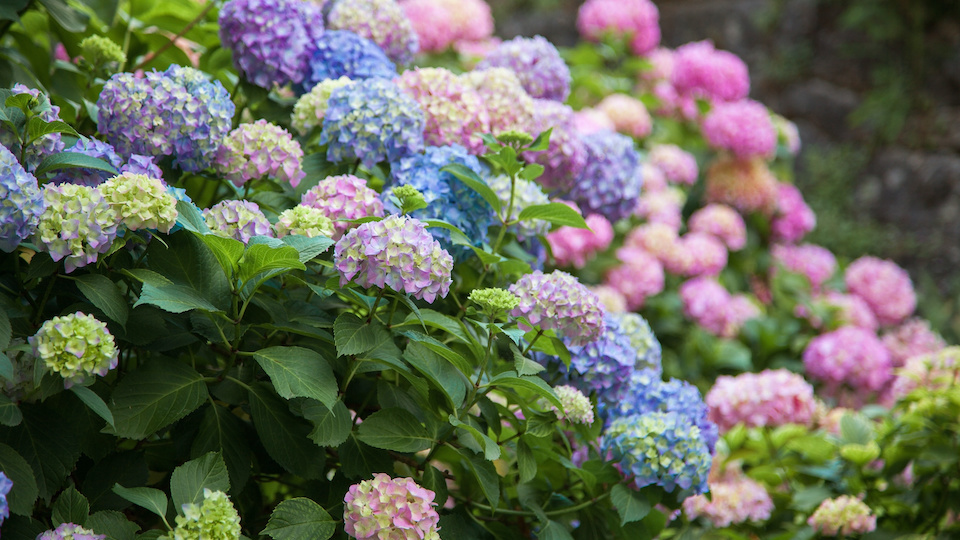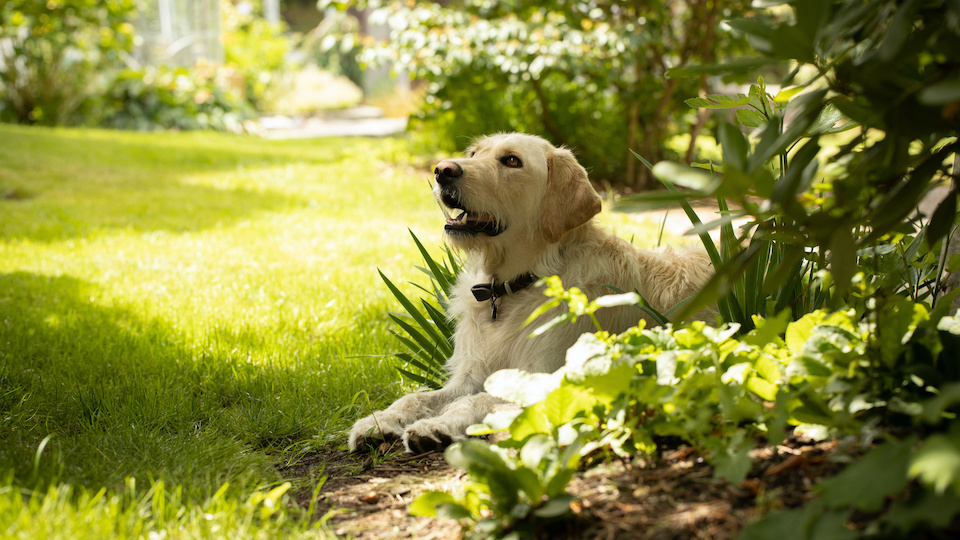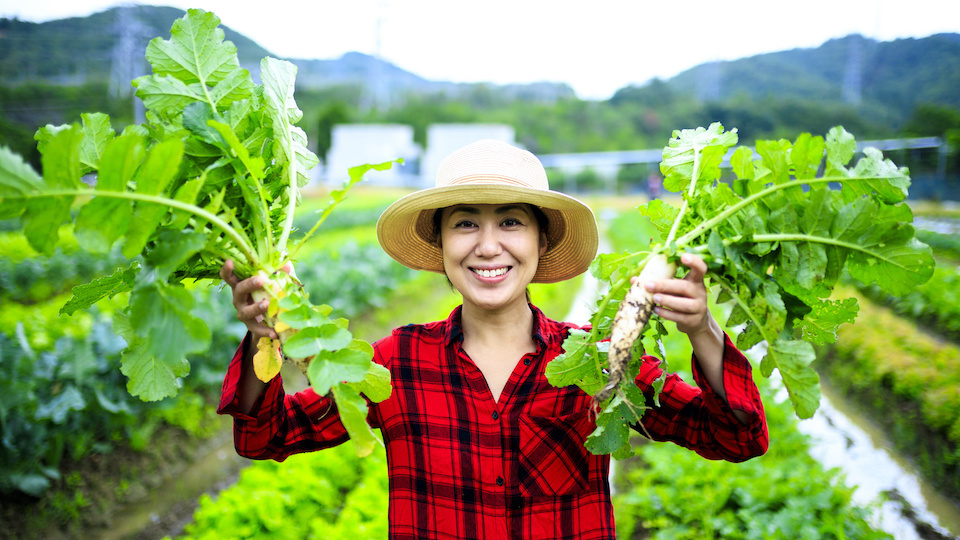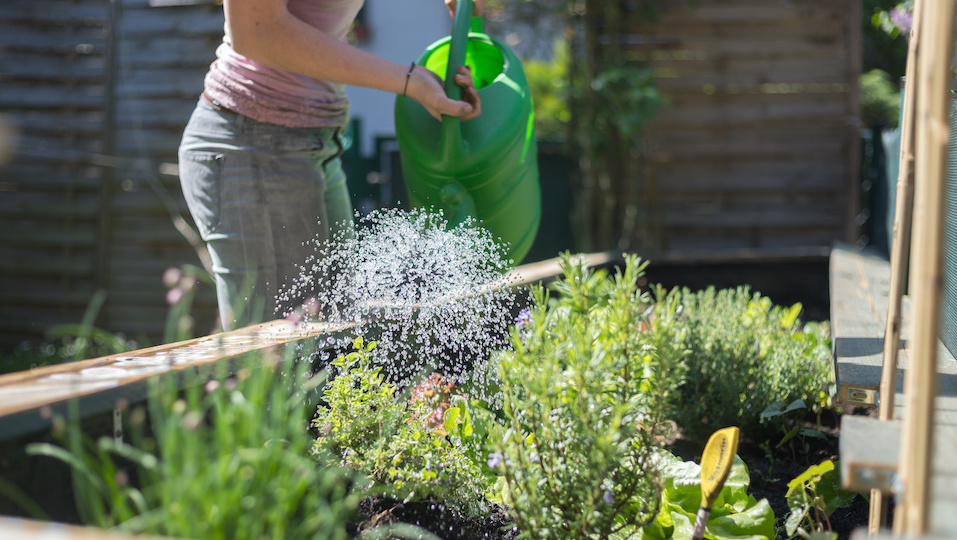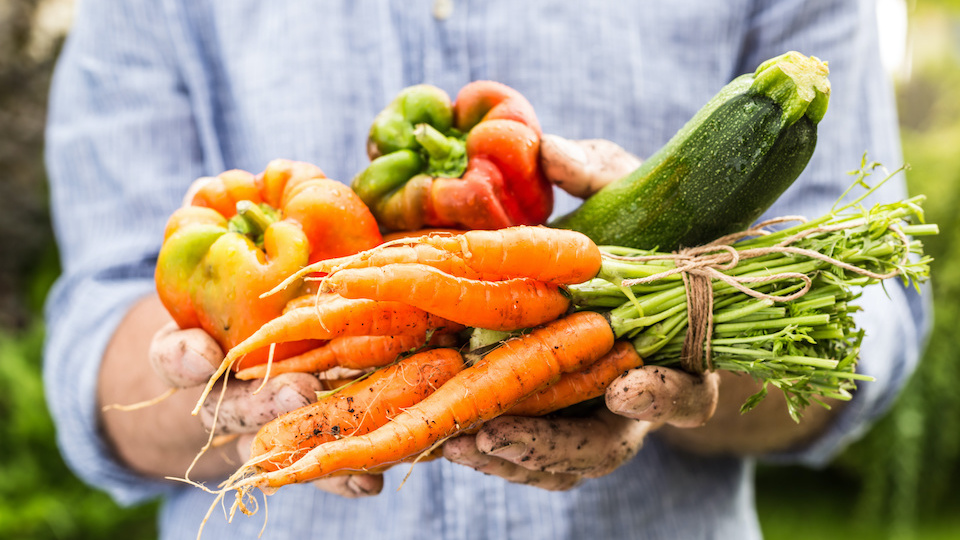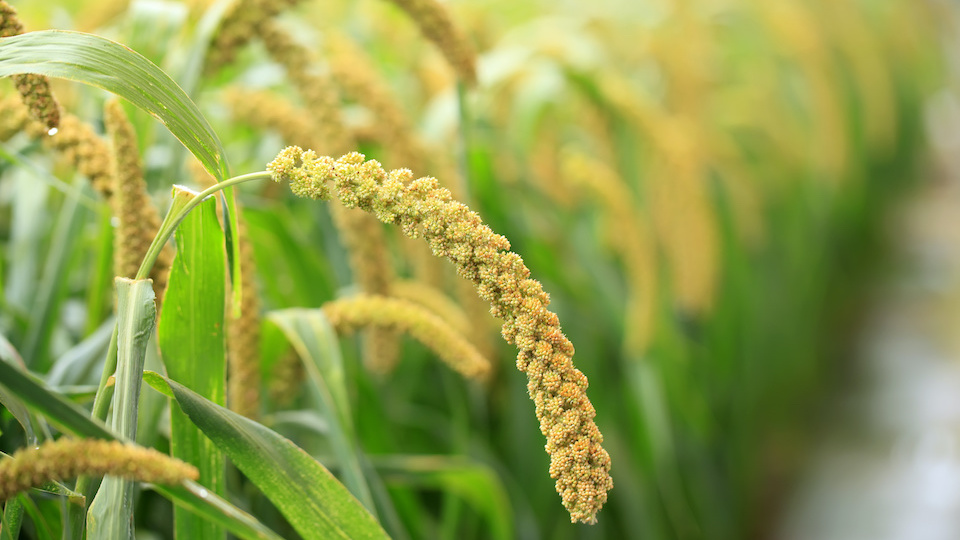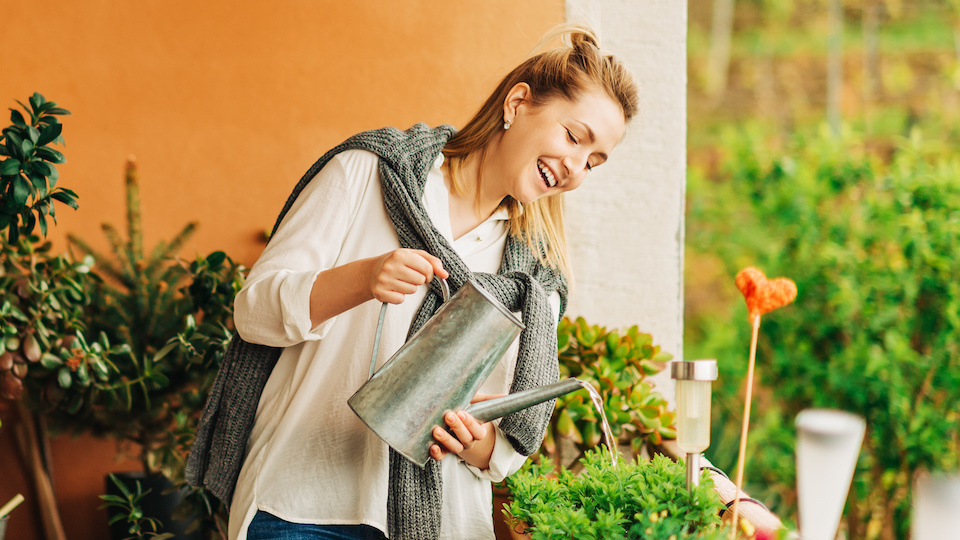Everything You Need to Know About Planting and Caring for Passion Vine
Do you love exotic flowers, but think they’re either out of your gardening expertise or not likely to grow in your hardiness zone? Then you may want to consider growing a passion vine. Passion vine is a unique plant that sprouts exotic, tropical-looking flowers that can grow almost anywhere. In fact, with the genus Passiflora containing over 500 different species, you can even find these outwardly delicate vines growing alongside the road. Here’s everything you need to know about planting and caring for passion vine.


